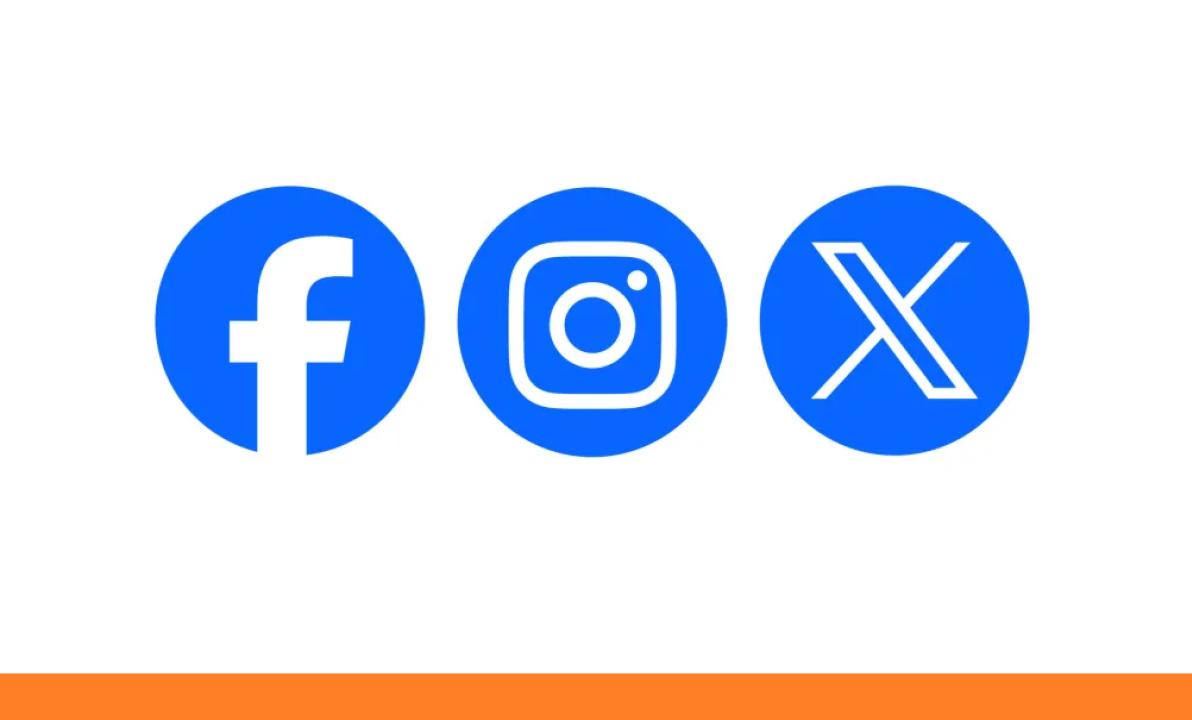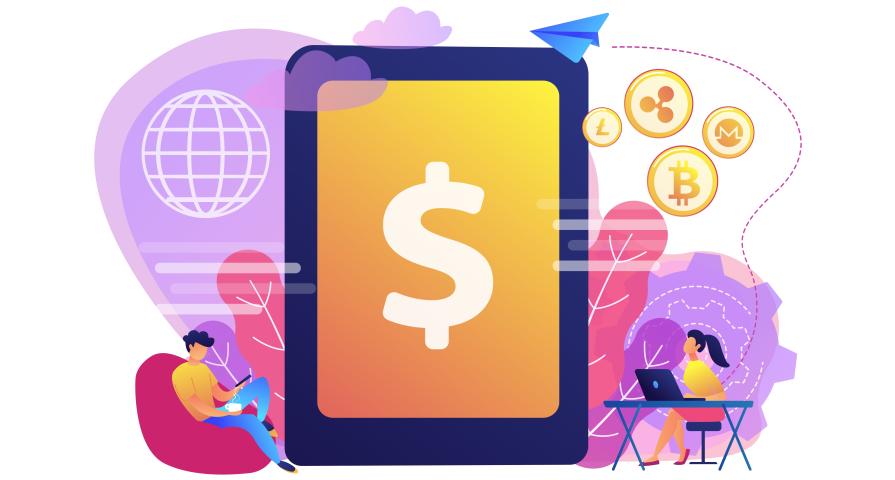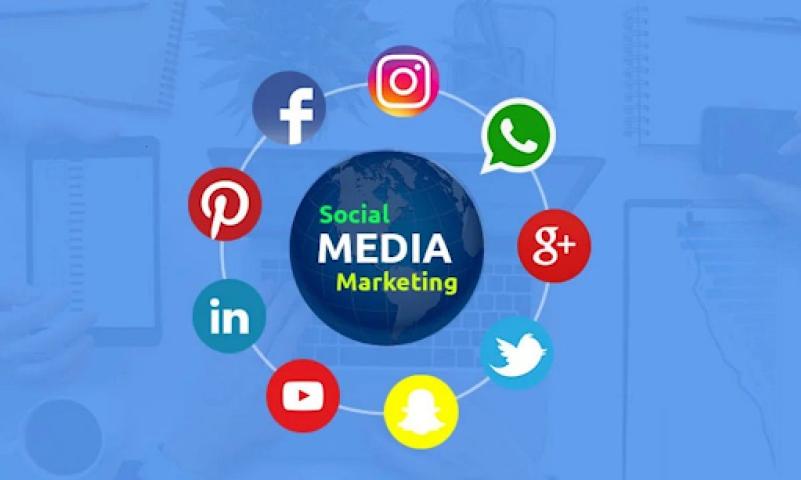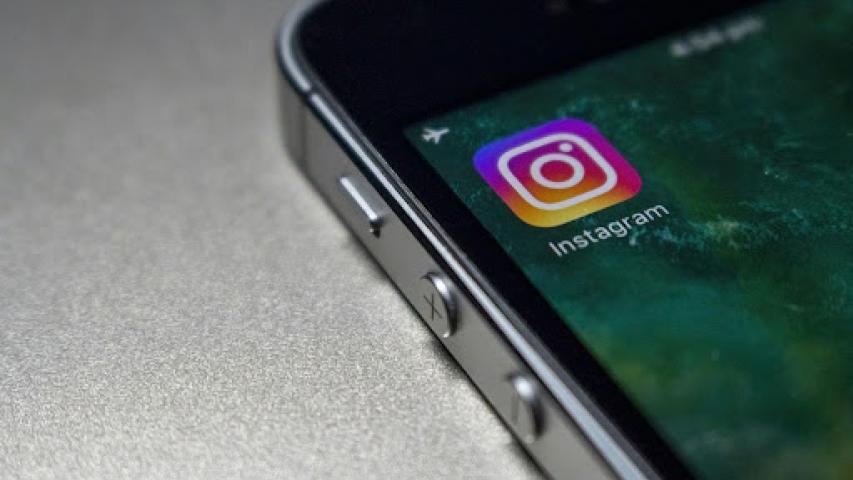Social media has revolutionized how businesses interact with their audience. Integrating platforms like Facebook, Twitter, and Instagram into your website has become essential for modern marketing strategies. One of the most effective ways to achieve this integration is through social media widgets. In this blog, we’ll explore the top 10 benefits of using Facebook, Twitter, and Instagram widgets to boost your website engagement.
1. Seamless Social Media Integration
Social media widgets allow you to display real-time updates from your Facebook, Twitter, and Instagram accounts directly on your website. This seamless integration bridges the gap between your website and social platforms, ensuring visitors can interact with your latest content without leaving your site.
For example, an Instagram widget can showcase your latest posts, giving potential customers insights into your brand's personality and activities.
2. Increases User Engagement
Widgets encourage users to spend more time on your website by providing dynamic and interactive content. Instead of navigating to your social media pages, visitors can view and engage with your posts directly on your website.
Features like liking, sharing, and commenting on posts increase engagement, making your website a hub for interaction.
3. Enhances Visual Appeal
Social media widgets are visually appealing and customizable. Instagram widgets, in particular, allow you to display photos and videos in attractive grids or sliders. Twitter feeds and Facebook posts, with their rich media content, bring vibrancy to your webpages.
A visually engaging website is more likely to retain visitors, reducing bounce rates and improving your site’s overall performance.
4. Real-Time Updates
Social media widgets pull content in real-time, ensuring your website always displays fresh and relevant updates. This eliminates the need for constant manual updates to keep your website content current.
For instance, Twitter widget can stream live tweets, making them perfect for events, product launches, or announcements.
5. Builds Social Proof
When visitors see your active presence on Facebook, Twitter, and Instagram, it builds trust and credibility. Widgets displaying customer reviews, testimonials, or user-generated content serve as social proof, influencing visitors to trust your brand.
For example, Instagram widgets featuring user-generated photos of your products can boost confidence in potential buyers.
6. Drives Social Media Followers
Embedding social widgets on your website provides a direct pathway for visitors to follow your social media accounts. A well-placed Facebook widget with a “Like” button or an Instagram widget with a “Follow” button can significantly grow your social media audience.
7. Boosts Cross-Platform Engagement
Social widgets encourage cross-platform interaction. A visitor may discover your Instagram feed on your website and decide to follow your Twitter account or like your Facebook page. This interconnected strategy increases your reach across multiple platforms.
8. Improves SEO Performance
Google values websites with engaging and fresh content. By adding widgets that update dynamically with your social media activity, you improve your website's content quality.
Additionally, user engagement metrics like time spent on the site and reduced bounce rates positively impact your SEO rankings.
9. Supports Marketing Campaigns
Social widgets are ideal for promoting marketing campaigns. For example, during a sale or event, you can embed a Twitter widget with campaign hashtags or a Facebook widget displaying live updates.
Instagram widgets showcasing creative visuals of products or services help reinforce marketing messages and drive conversions.
10. Cost-Effective Solution
Most social media widgets are either free or come at a minimal cost, making them an affordable addition to your website. With minimal investment, you can significantly enhance user experience, engagement, and overall website performance.
Tips for Optimizing Social Media Widgets on Your Website
To maximize the benefits of Facebook, Twitter, and Instagram widgets, follow these best practices:
- Strategic Placement: Place widgets in visible areas like the homepage, blog sidebar, or footer.
- Customization: Match the widget design with your website's theme and branding for a cohesive look.
- Content Moderation: Use moderation tools to filter irrelevant or negative content.
- Mobile Responsiveness: Ensure widgets are mobile-friendly for a seamless user experience across devices.
Popular Tools for Embedding Social Media Widgets
Several tools and platforms make it easy to add Facebook, Twitter, and Instagram widgets to your website:
- Onstipe: A social media aggregator that allows you to customize and embed feeds from multiple platforms.
- Taggbox: Specializes in user-generated content widgets for websites.
- Elfsight: Provides a wide range of customizable widgets for different social media platforms.
- EmbedSocial: Offers solutions for showcasing Instagram, Facebook, and Twitter content.
Conclusion
Incorporating Facebook, Twitter, and Instagram widgets into your website is a game-changer for improving engagement, building trust, and boosting cross-platform interaction. These widgets not only enhance your website’s appeal but also drive measurable results for your marketing efforts.
If you’re not leveraging social media widgets yet, it’s time to add them to your website and unlock their potential for growth and engagement.











